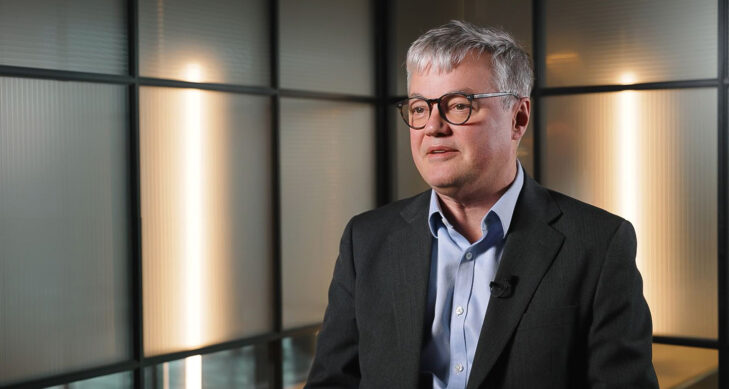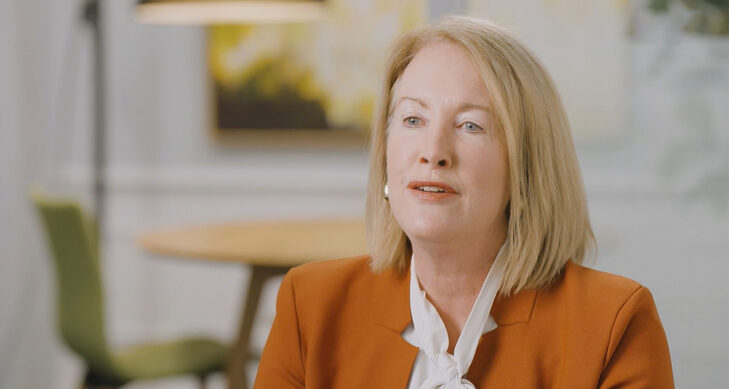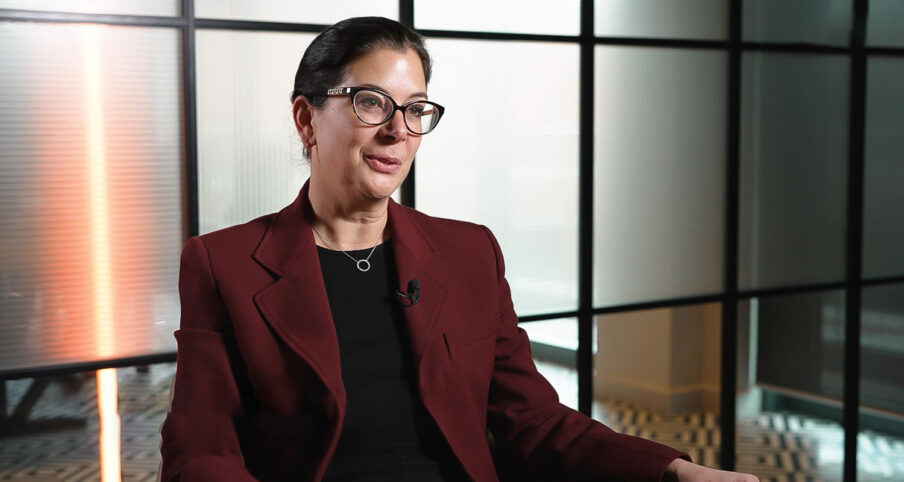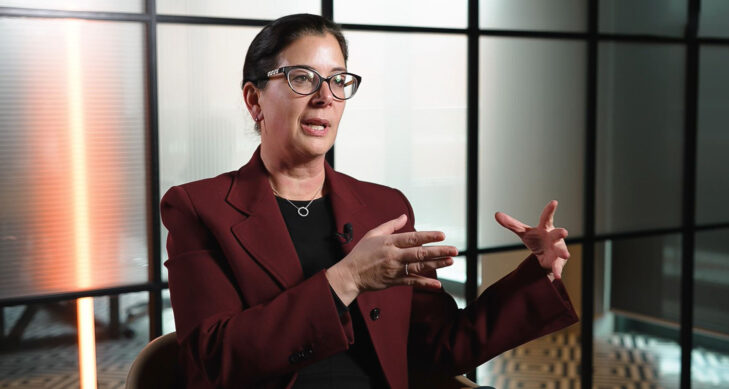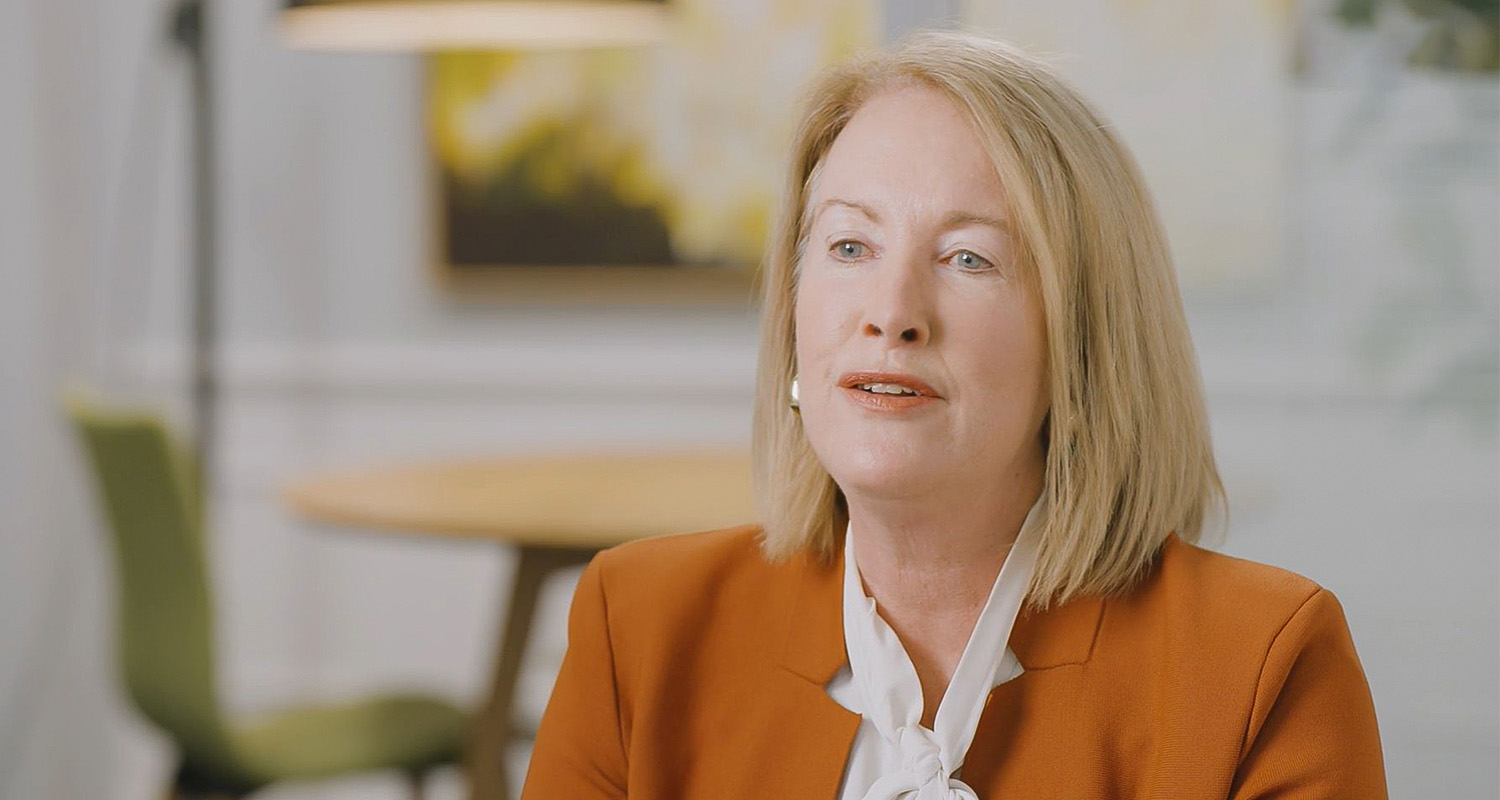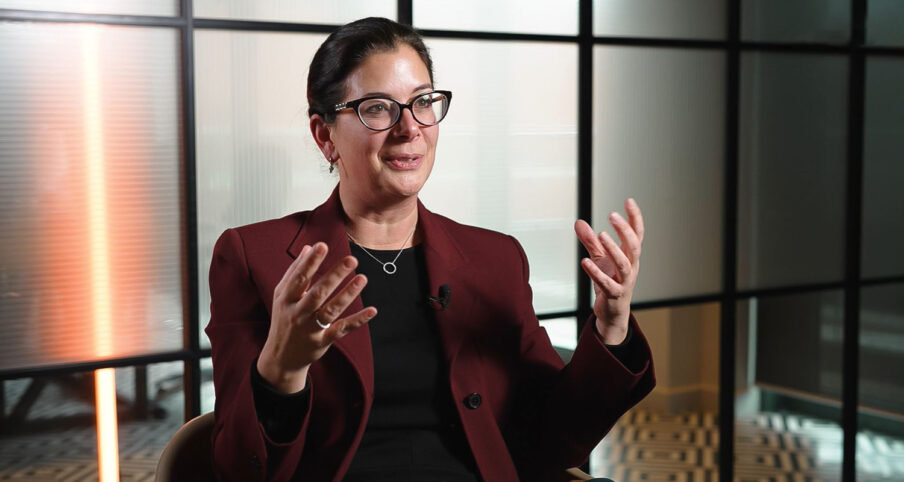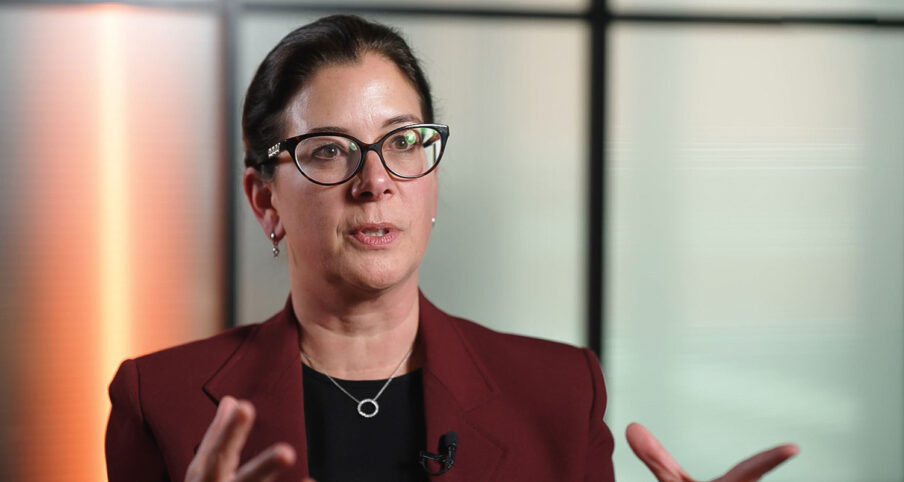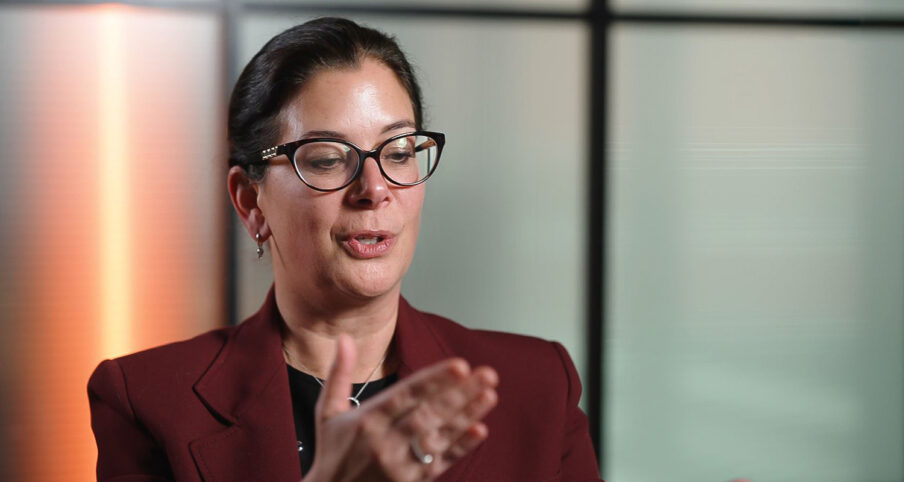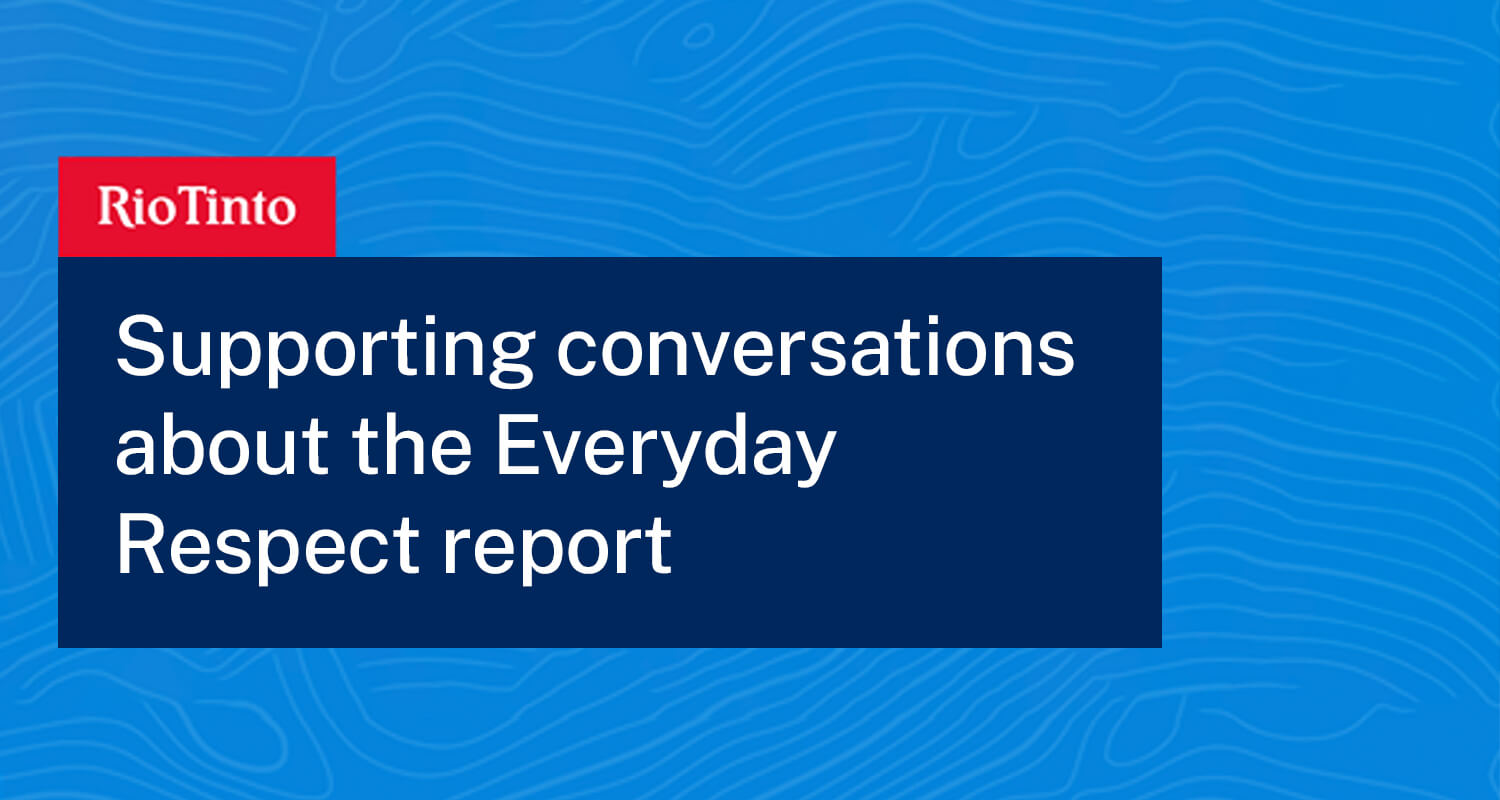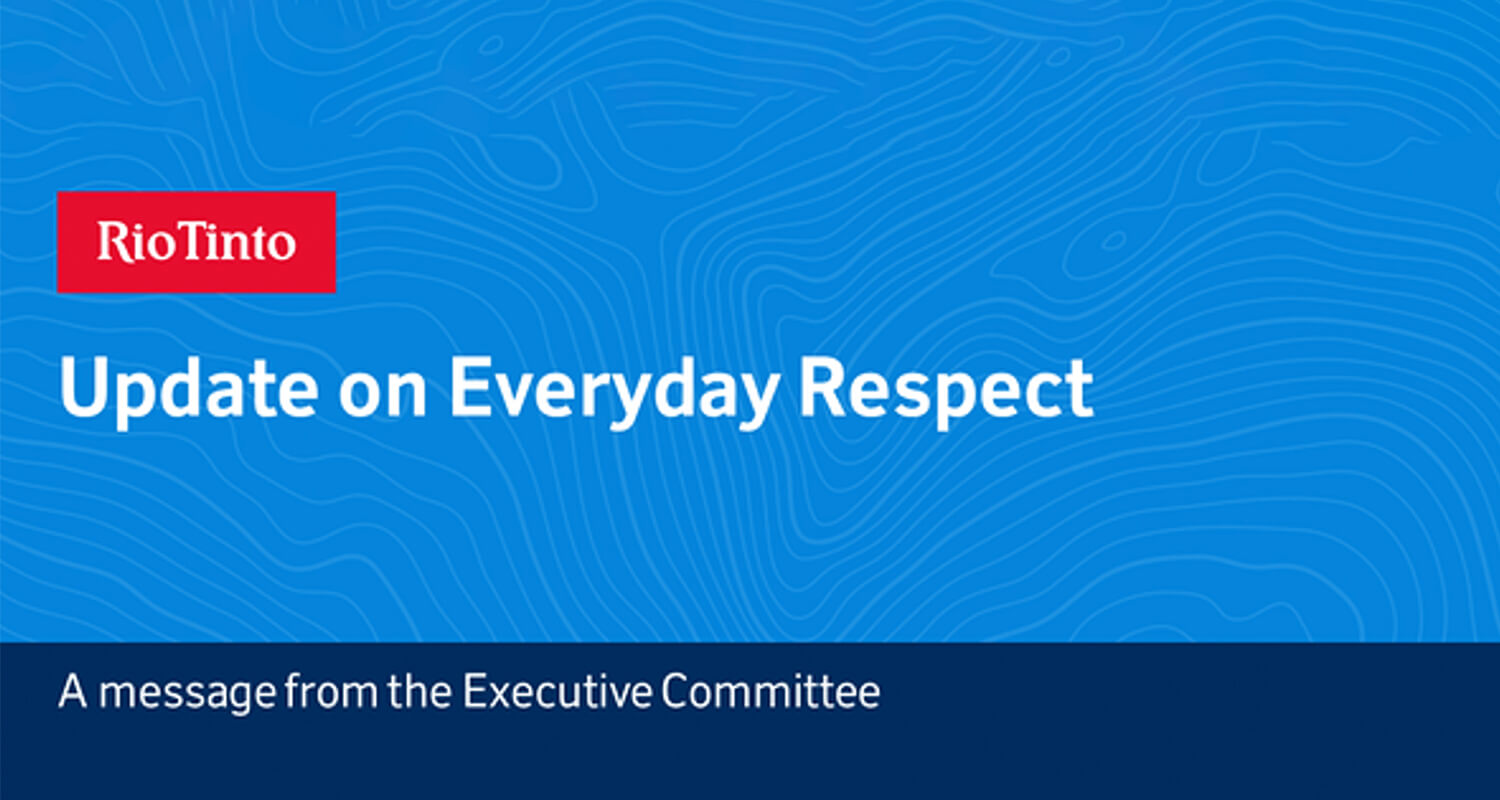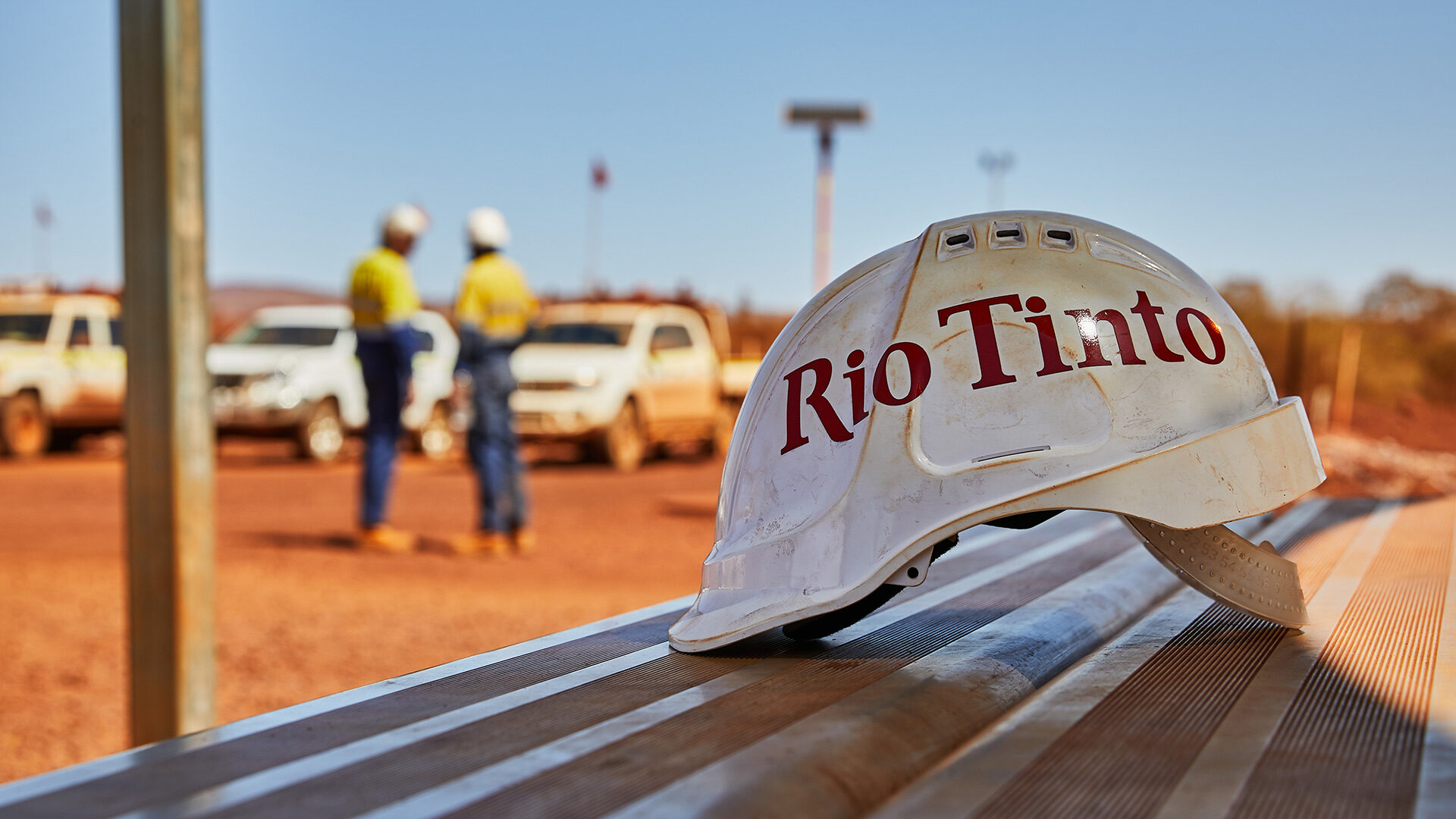


Rio Tinto:
Everyday Respect (A)
In February 2022 Rio Tinto publicly released a workplace culture report that revealed that sexual harassment, racism and bullying had been occurring at an alarming rate throughout the organization. The commissioned report, an independent study by former Australian Sex Discrimination Commissioner Liz Broderick, showed that bullying and sexism were systemic across the company’s worksites, with almost half of employees experiencing bullying, nearly one-third of women and 7% of men experiencing sexual harassment, and prevalent racism in a number of locations.
Why did Rio Tinto commission the report, how did it deal with the findings, and how might reckoning with the past shape its future?
More on:
In May 2020, Rio Tinto caused global outrage when its technicians blew up two rock shelters at Juukan Gorge in Australia as part of mine expansion activities. Considered sacred by traditional owners, the caves contained artifacts of Aboriginal life and culture dating back 46,000 years, including 4,000-year-old human DNA that traced directly to the Puutu Kunti Kurrama and Pinikura (PKKP) people who inhabit this part of Western Australia. Scientists had deemed the caves of “the highest archaeological significance in Australia” and believed they represented the world’s oldest site of continuous human habitation.
Although Rio Tinto had acted in accordance with the law and on the basis of the existing agreement governing relations with traditional owners, the company’s unwillingness to consider new evidence of the shelters’ spiritual and historical significance, as well as its obliviousness to last-minute pleas to postpone the blasts, caused widespread condemnation and was held up by critics as exemplary of the disrespect afforded by mining giants to traditional owners and communities. A subsequent inquiry by the Australian government, in which Rio Tinto actively participated, found deep flaws in prevailing practices regarding the rights of traditional owners across the industry.
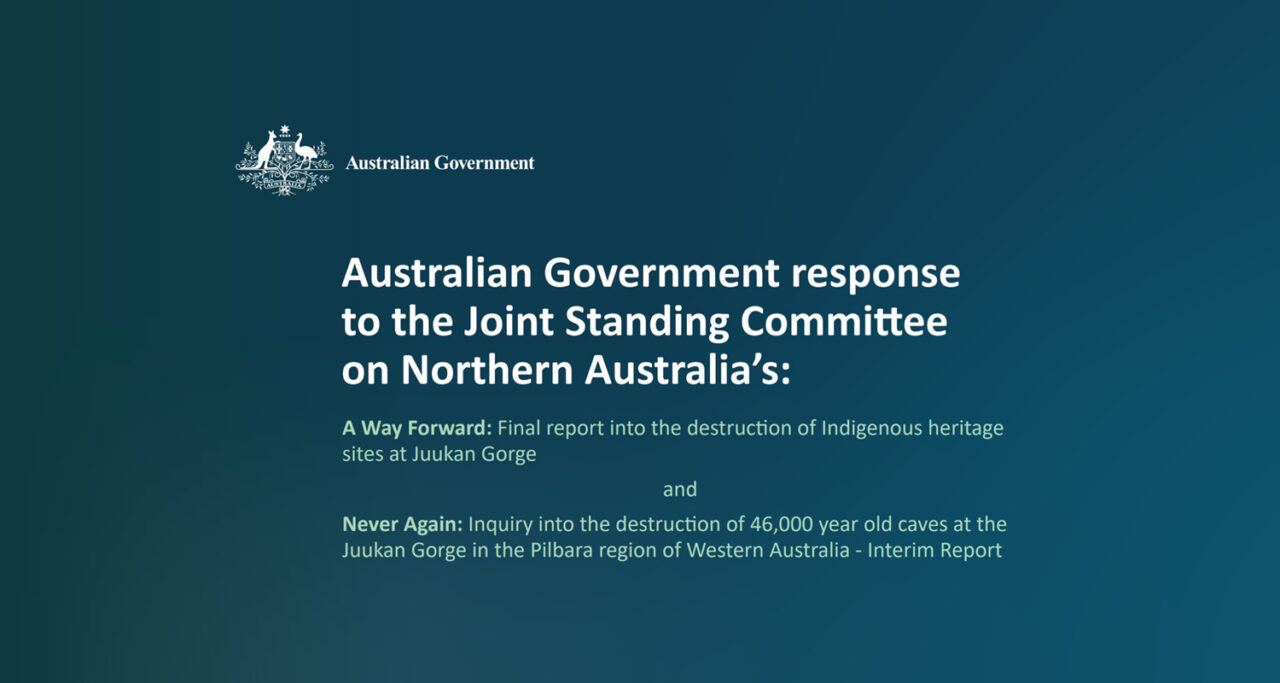
The public outcry over the destruction, coupled with the fact that it took then-CEO Jean-Sebastien Jacques almost three weeks to publicly apologize to the PKKP people, led to the biggest management shakeup in the company’s history. Under the new CEO, Jakob Stausholm, and a vastly changed executive team, Rio Tinto launched a new strategy centered on a transition to a low-carbon economy in terms of both the company’s footprint and supplying the world with minerals required to enable the energy transition. It also reevaluated its culture and defined a new set of values: care, courage and curiosity.
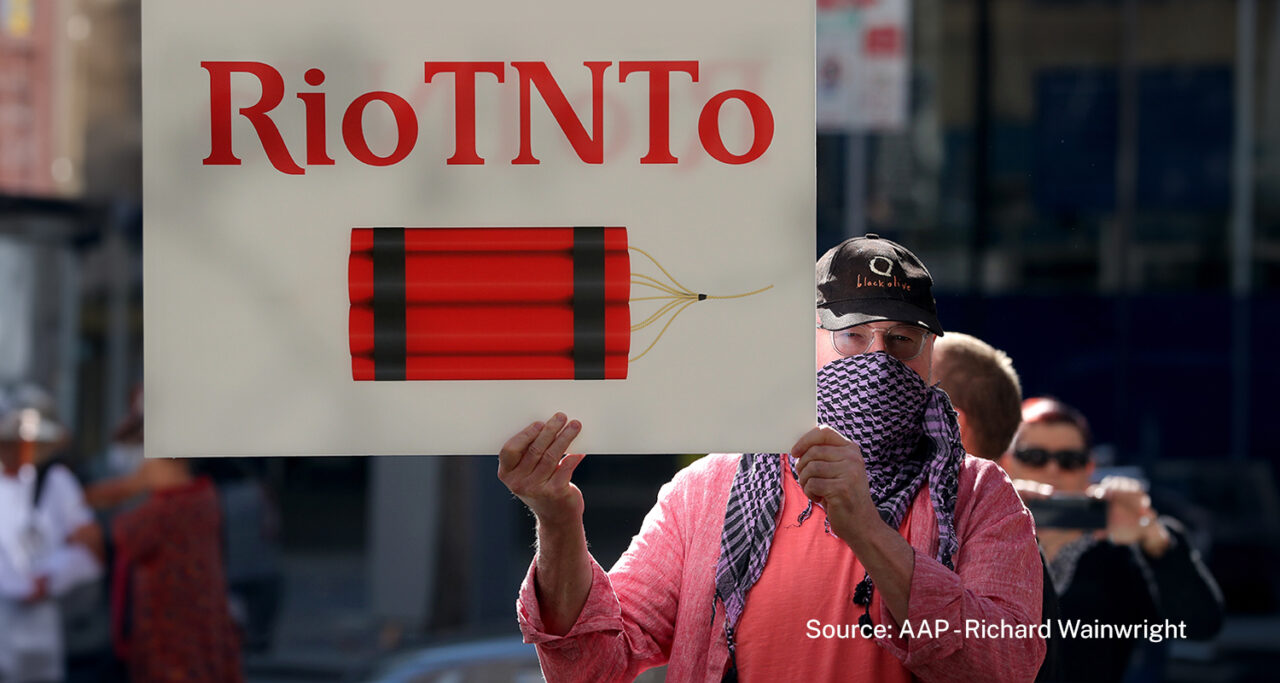

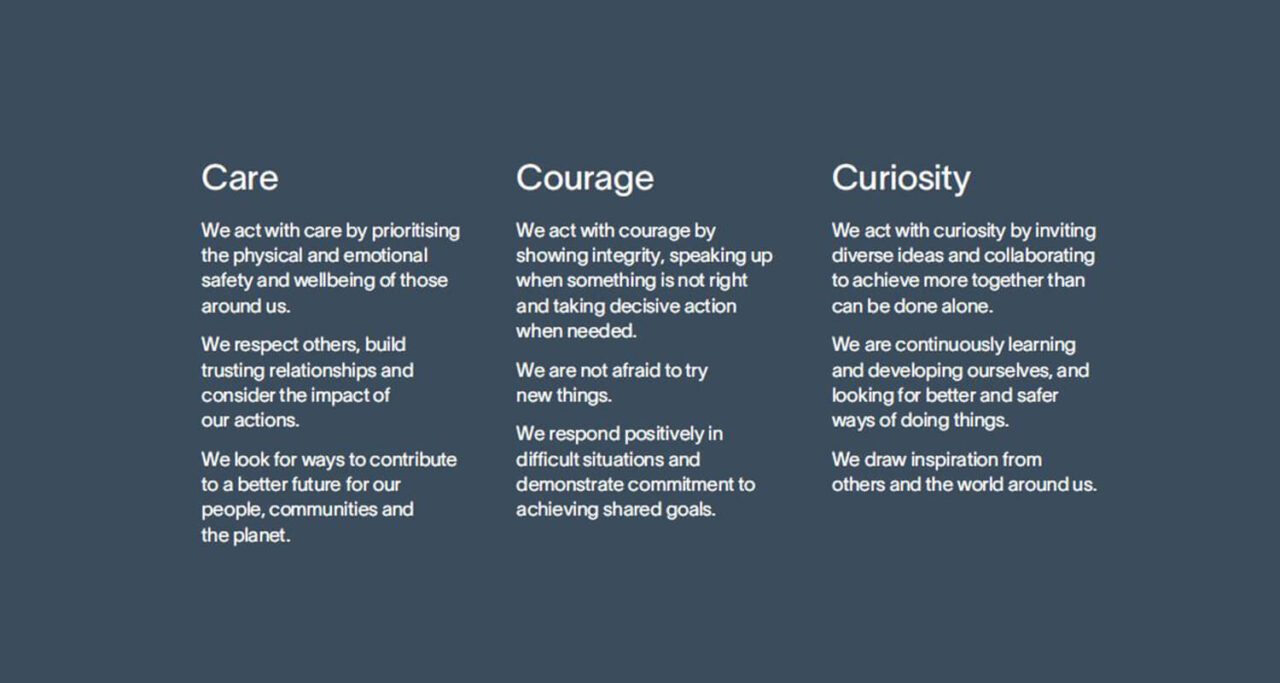
More on:
THE EVERYDAY RESPECT REPORT
The report
The final report was an 84-page document detailing the findings on bullying, sexual harassment and racism, followed by 26 recommendations. High-level conclusions (verbatim) about Rio Tinto’s workplaces included:
- Bullying is systemic, experienced by almost half of the survey respondents.
- Sexual harassment and everyday sexism occur at unacceptable rates.
- Racism is common across a number of areas.
- Employees do not believe that the organisation is psychologically safe which impacts on their trust in the reporting systems.
- Harmful behaviour occurs by and between employees, managers, and leaders, including senior leaders.
- Unique workplace features, such as the hierarchical, male-dominated culture, create risk factors.
- A capability gap in leading and managing people exists across many levels of the organisation particularly on the frontline.
- People, policies and systems are not properly embedded or “lived” across the organisation.
- Harmful behaviour is often tolerated or normalised.
- Harmful behaviour by serial perpetrators is often an open secret.
- Employees believe that there is little accountability, particularly for senior leaders and so called “high performers” who are perceived to avoid significant consequences for harmful behaviour.
The report also showed, however, that there was an appetite for change, including at senior levels, and that employees were confident that change was possible. In fact, during listening sessions, some employees had noted that Rio Tinto had already taken steps toward a healthier organizational culture in the year prior to the report’s completion.
Finally, the report closed with 26 detailed recommendations in its Framework for Action, including elevating the voices of minority groups (such as women, LGBTIQ+, Indigenous and First Nations, and racially and culturally diverse employees); embedding a positive onus on all employees to prevent disrespect and harmful behaviors; enhancing early intervention, reporting and resolution of incidents; rebuilding trust among employees that the reporting system is fair and transparent; increasing reporting rates; ensuring that all sites have adequate, clean, safe and proximate hygiene facilities that consider the needs of people of all genders; and providing strong oversight of the cultural reform agenda by the Board and ExCo.
More on:
Liz Broderick worked with Rio Tinto throughout the process, even after the report was finished. She shares the role leaders play and why it is so critical to publish the report.
Isabelle Deschamps provides additional flavor on what it was like the moments before and after the release.
The Everyday Respect report was released on 1 February 2022. The press release included an apology from Rio Tinto Chief Executive Jakob Stausholm:
“The findings of this report are deeply disturbing to me and should be to everyone who reads them. I offer my heartfelt apology to every team member, past or present, who has suffered as a result of these behaviours. This is not the kind of company we want to be. I am determined that by implementing appropriate actions to address the recommendations, and with the management team’s commitment to a safe, respectful and inclusive Rio Tinto in all areas, we will make positive and lasting change and strengthen our workplace culture for the long term.”
The line in the sand was drawn. How would the world respond to the findings, and how could Rio Tinto convince its stakeholders that it was serious about change?
Internal communication on the release
REFERENCES
- “The Top 50 Biggest Mining Companies in the World.” Mining.com, 9 January, 2023. < https://www.mining.com/top-50-biggest-mining-companies/ > (accessed 21 February 2023)

